Philodendrons are among the most popular and versatile houseplants for good reason. Their lush foliage, adaptability to various indoor conditions, and easy-care nature make them favorites for both novice and experienced plant enthusiasts. Native to the tropical rainforests of Central and South America, philodendrons bring a sense of calm, greenery, and elegance to any space.
While philodendrons are relatively low-maintenance, one aspect of their care that requires careful attention is watering. Too little or too much water can quickly lead to stress, yellowing leaves, or root rot. So the important question remains:
How often should you water a Philodendron?
In this comprehensive guide, we’ll explore everything you need to know about the proper watering frequency for philodendrons, factors that influence their water needs, signs of overwatering and underwatering, watering techniques, and essential plant care tips to keep your philodendron healthy, vibrant, and thriving.
Introduction to Philodendrons
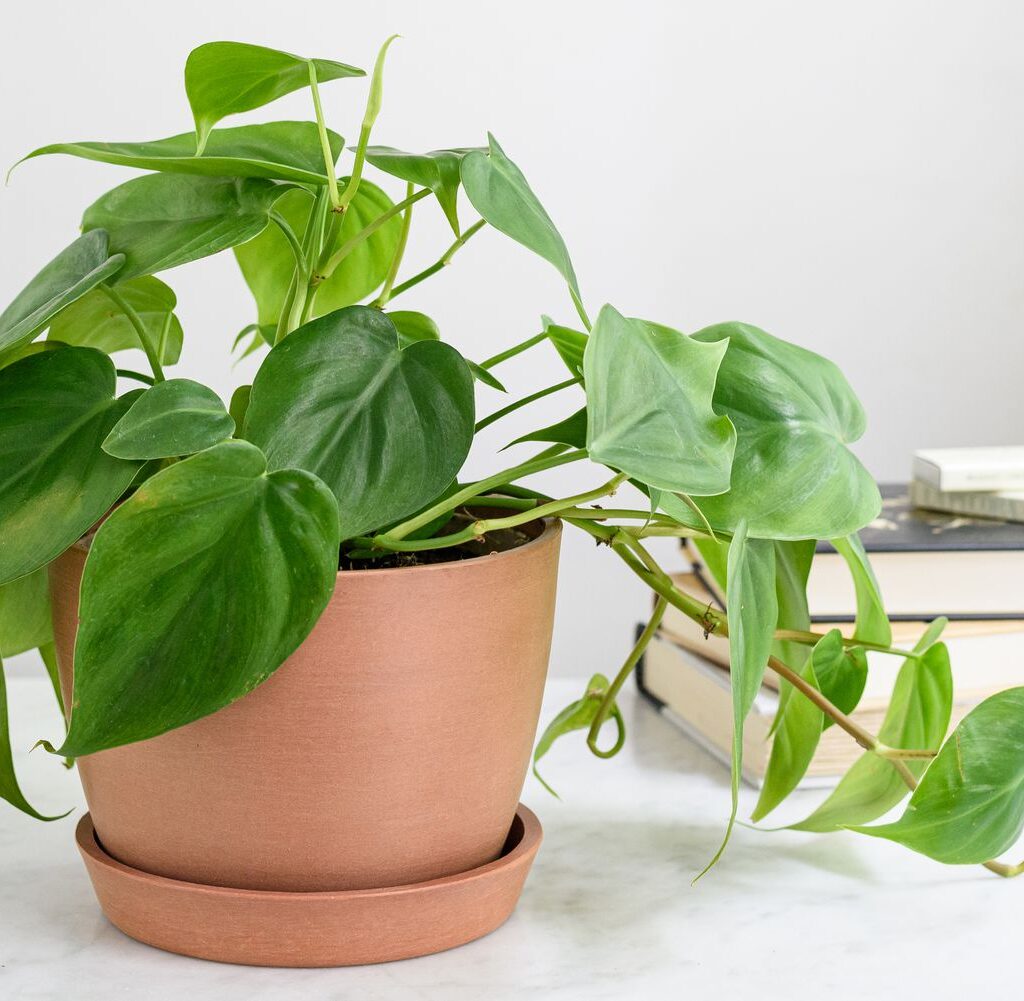
The philodendron family is vast, with over 450 species, including popular varieties like the Heartleaf Philodendron (Philodendron hederaceum), Split-Leaf Philodendron (Philodendron bipinnatifidum), and Philodendron Brasil. Despite their differences in leaf shapes and growth habits, most philodendrons share similar care requirements — especially when it comes to watering.
In their native tropical environments, philodendrons enjoy warm, humid conditions with regular rainfall. Indoors, however, it’s essential to replicate these conditions carefully without overdoing it.
How Often Should You Water a Philodendron?
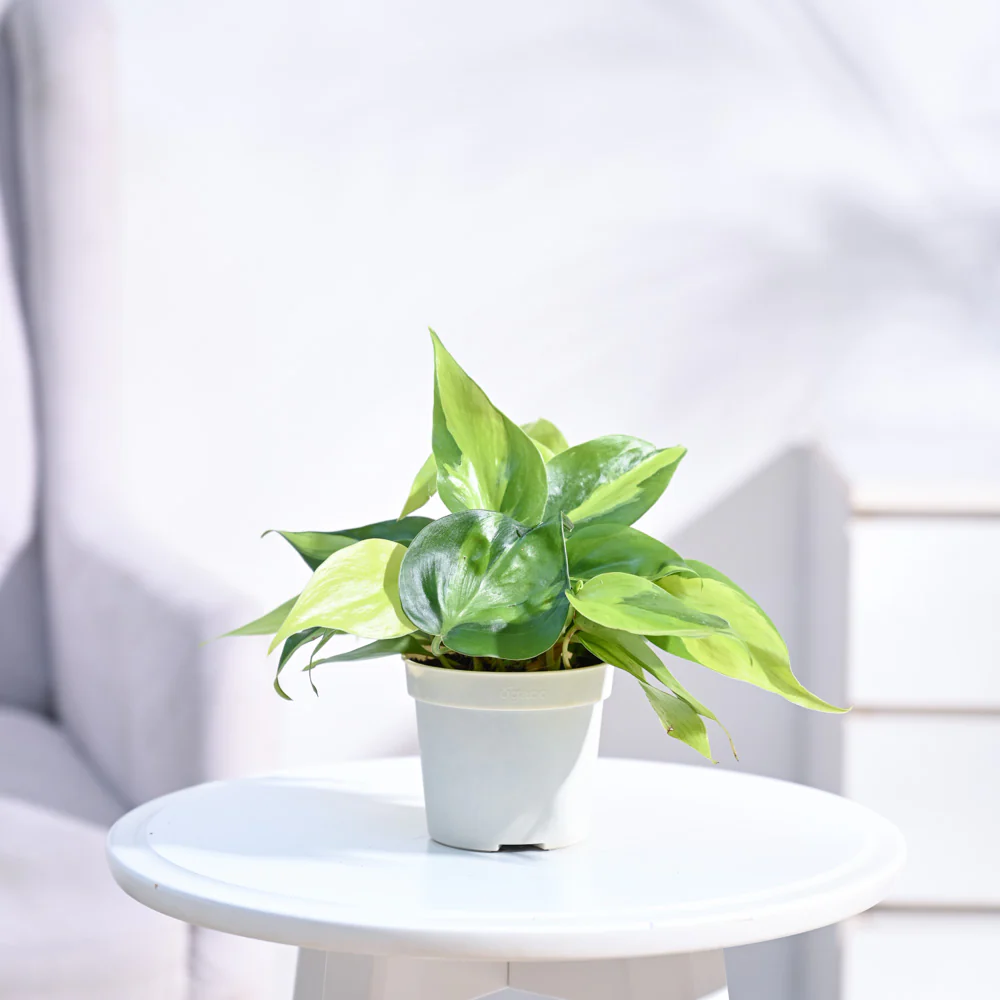
On average, you should water a philodendron every 7–10 days during its growing season (spring and summer) and every 10–14 days during its dormant season (fall and winter).
The actual frequency depends on several factors such as light exposure, pot size, indoor temperature, humidity, and soil type. The key principle is to allow the top inch or two of soil to dry out between waterings.
General Watering Rule:
- Spring & Summer (active growth): Every 7–10 days
- Fall & Winter (slower growth): Every 10–14 days
Important: Rather than adhering to a strict schedule, it’s best to monitor the soil moisture before watering.
Factors That Affect Philodendron Watering Frequency
Several environmental and plant-specific factors can influence how often your philodendron needs water. Understanding these will help you create a customized care routine:
Season and Temperature
- Warmer months (spring and summer): Higher temperatures and active growth increase the plant’s water requirements.
- Cooler months (fall and winter): Growth slows, water evaporation decreases, and watering frequency should be reduced.
Indoor Climate and Humidity
Philodendrons love moderate to high humidity (50–70%). In dry, heated, or air-conditioned environments, water evaporates more quickly, increasing the plant’s moisture needs.
Pot Size and Material
- Smaller pots dry out faster than larger containers.
- Terracotta pots are porous and promote quicker moisture loss compared to plastic or glazed ceramic pots.
Light Exposure
More light means faster evaporation:
- Bright, indirect light: Soil dries more quickly, increasing watering frequency.
- Lower light levels: Soil retains moisture longer, decreasing the need for frequent watering.
Soil Type
Philodendrons thrive in well-draining, loose, aerated soil. A mixture of peat moss, perlite, and standard potting soil works well. Dense, compact soil retains too much water and increases the risk of root rot.
Signs Your Philodendron Needs Watering
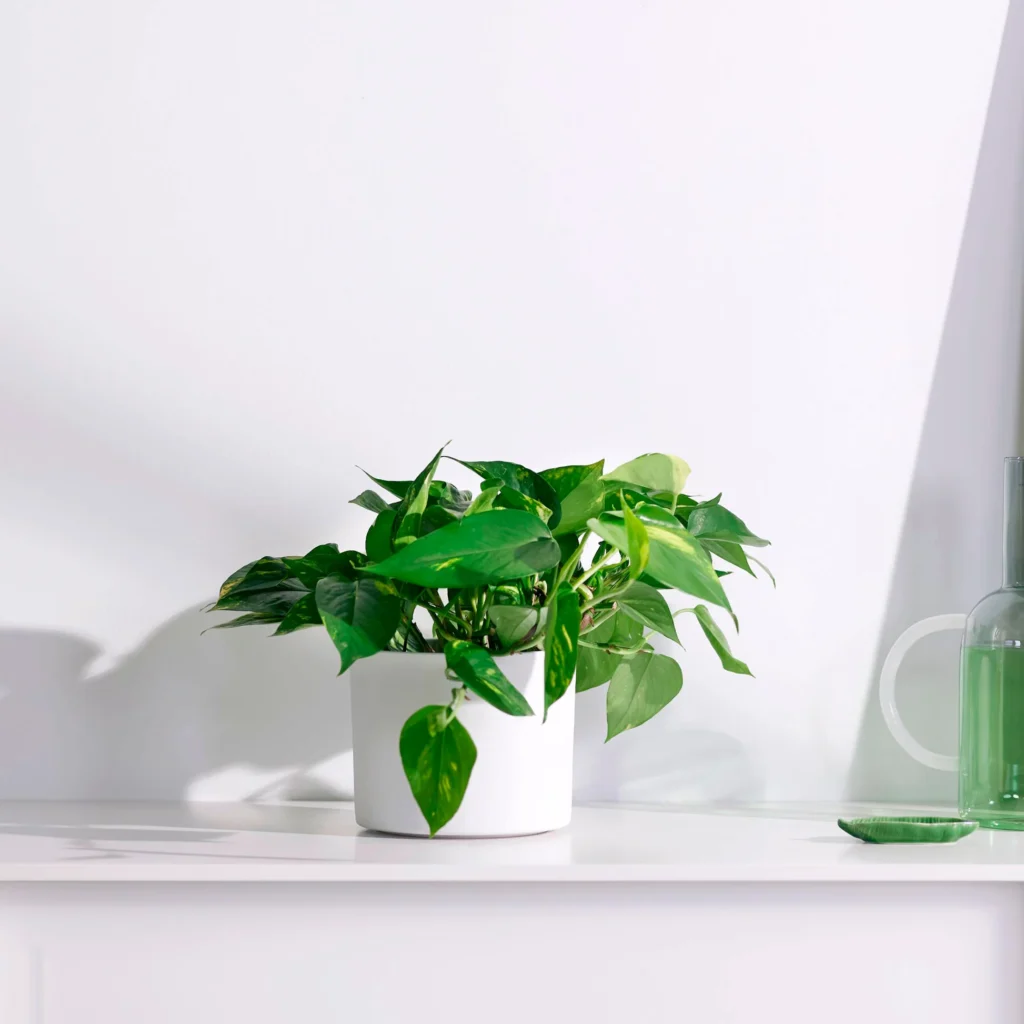
A thirsty philodendron will show specific signs that it’s time to water. Keep an eye out for these indicators:
Dry Soil
Use your finger or a moisture meter to check if the top 1–2 inches of soil feel dry.
Drooping or Limp Leaves
When dehydrated, philodendron leaves may droop or lose their firmness.
Crispy, Brown Leaf Edges
Dry, brittle leaf tips suggest prolonged underwatering or low humidity.
Slow or Stalled Growth
If your plant’s growth seems sluggish during its active season, it may need more consistent watering.
Signs of Overwatering a Philodendron
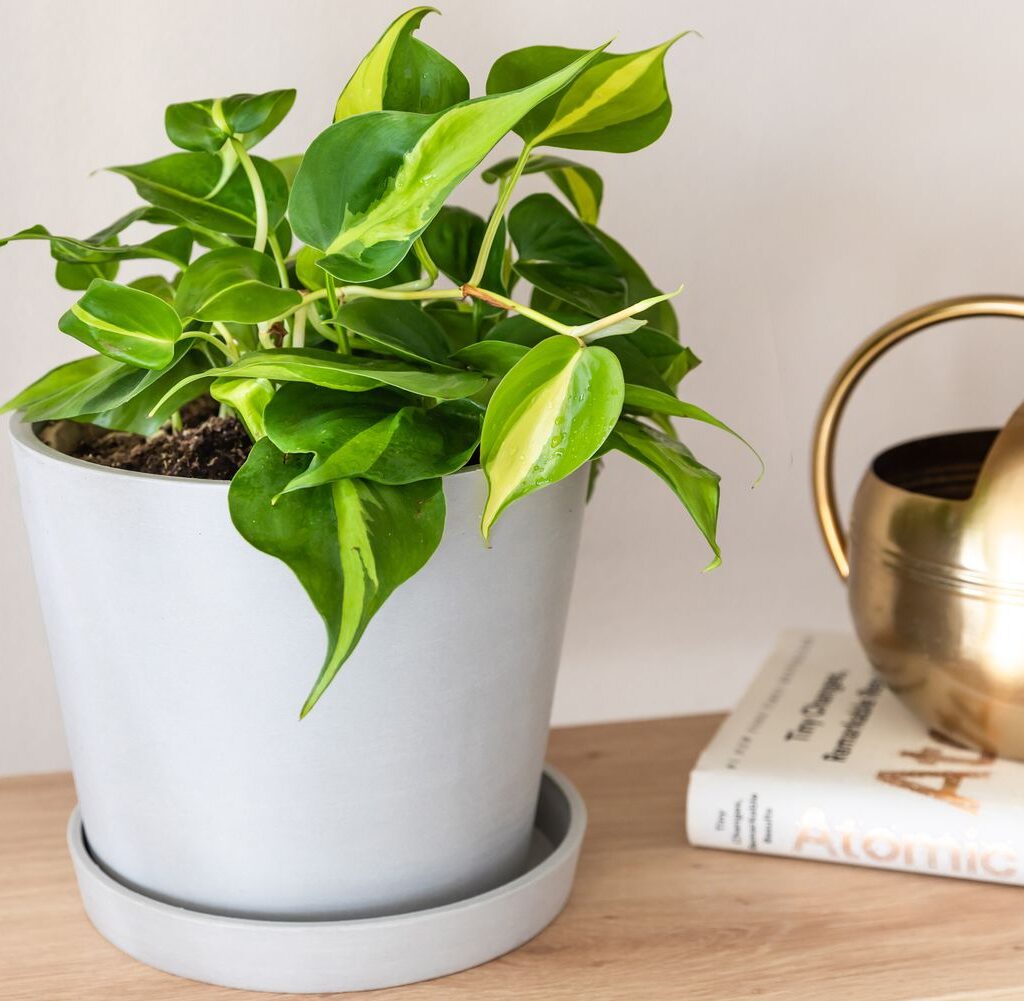
Overwatering is a common issue and can be harmful if not addressed. Watch for these signs:
Yellowing Leaves
While occasional yellow leaves are normal, widespread yellowing often indicates excess moisture.
Wilting Despite Moist Soil
If leaves droop but the soil is wet, the plant may be suffering from root rot.
Mushy or Soft Stems
Soft, darkened stems at the soil line are a sign of overwatering and potential rot.
Mold or Fungus on the Soil Surface
Persistent wetness encourages fungal growth, signaling poor drainage or too frequent watering.
How to Properly Water a Philodendron
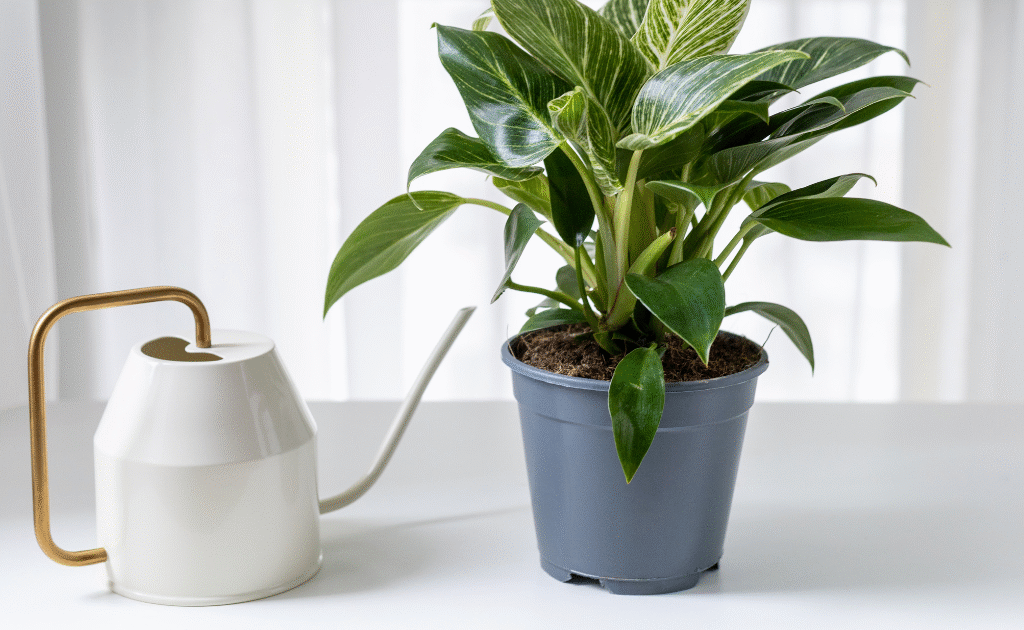
Good watering technique is just as important as frequency. Follow these steps for optimal results:
Use the “Soak and Dry” Method
- Water the plant thoroughly until excess water drains from the pot’s bottom.
- Allow the top 1–2 inches of soil to dry out before watering again.
Tip: Always empty the saucer under the pot to prevent the roots from sitting in stagnant water.
Use Room-Temperature Water
Cold water can shock plant roots. Use lukewarm or room-temperature water for consistent hydration.
Check Soil Moisture Before Every Watering
Use your finger, a wooden stick, or a moisture meter to test soil dryness before each watering.
Seasonal Watering Adjustments for Philodendrons
Here’s a practical seasonal watering schedule guide:
| Season | Watering Frequency | Notes |
|---|---|---|
| Spring/Summer | Every 7–10 days | Active growth increases moisture needs. |
| Fall/Winter | Every 10–14 days | Slower growth, cooler temps reduce water use. |
Always prioritize soil dryness over the calendar.
Best Type of Water for Philodendrons
Philodendrons can be sensitive to fluoride, chlorine, and salts in tap water, which can cause browning leaf tips.
Ideal Water Choices:
- Filtered water
- Distilled water
- Rainwater
- Tap water left to sit for 24 hours to allow chemicals to dissipate
Additional Philodendron Care Tips
Besides watering, here are other care essentials to keep your philodendron healthy and beautiful:
- Light: Prefers bright, indirect light but tolerates low light.
- Soil: Use a light, well-draining mix with peat moss and perlite.
- Humidity: Maintain 50–70% humidity; mist leaves or use a humidifier in dry environments.
- Fertilizing: Feed with a balanced liquid fertilizer every 4–6 weeks during the growing season.
- Pruning: Remove yellowing or dead leaves and trim leggy growth to encourage bushier foliage.
- Repotting: Repot every 1–2 years or when roots outgrow the pot.
Why It’s Better to Underwater Than Overwater
Philodendrons store moisture in their stems and leaves, making them more tolerant of occasional underwatering than constant overwatering. Excess moisture deprives roots of oxygen, leading to root rot — one of the most common causes of philodendron decline.
When in doubt, it’s always safer to wait a day before watering.
Conclusion
How often should you water a philodendron?
The simple rule: every 7–10 days during active growth and every 10–14 days in the dormant season. However, it’s important to check soil moisture before watering and adjust based on temperature, humidity, light exposure, pot size, and soil type.
By observing your plant’s condition, using proper watering techniques, and practicing seasonal adjustments, you’ll ensure your philodendron remains lush, healthy, and a beautiful feature of your indoor space for years to come.





